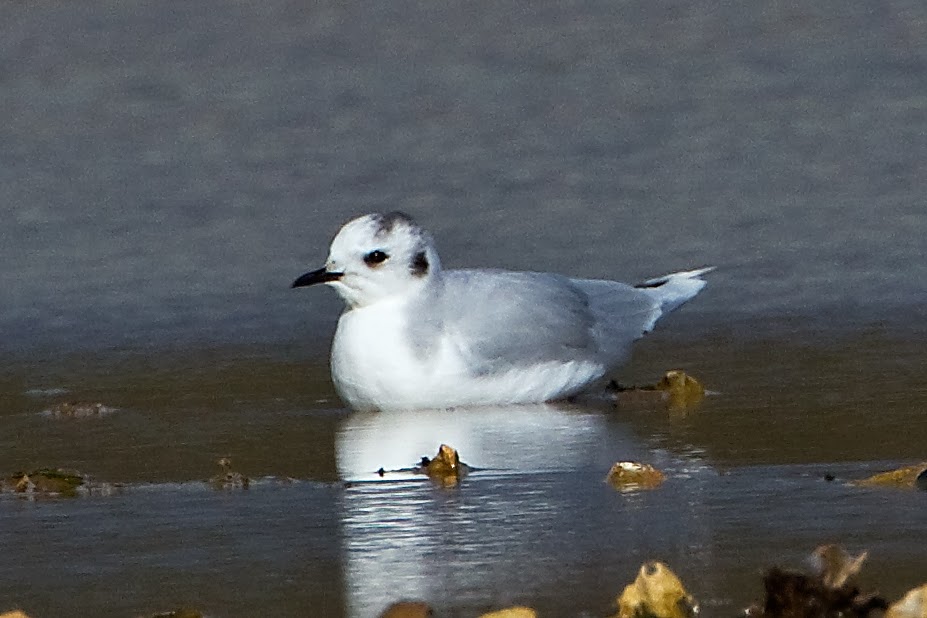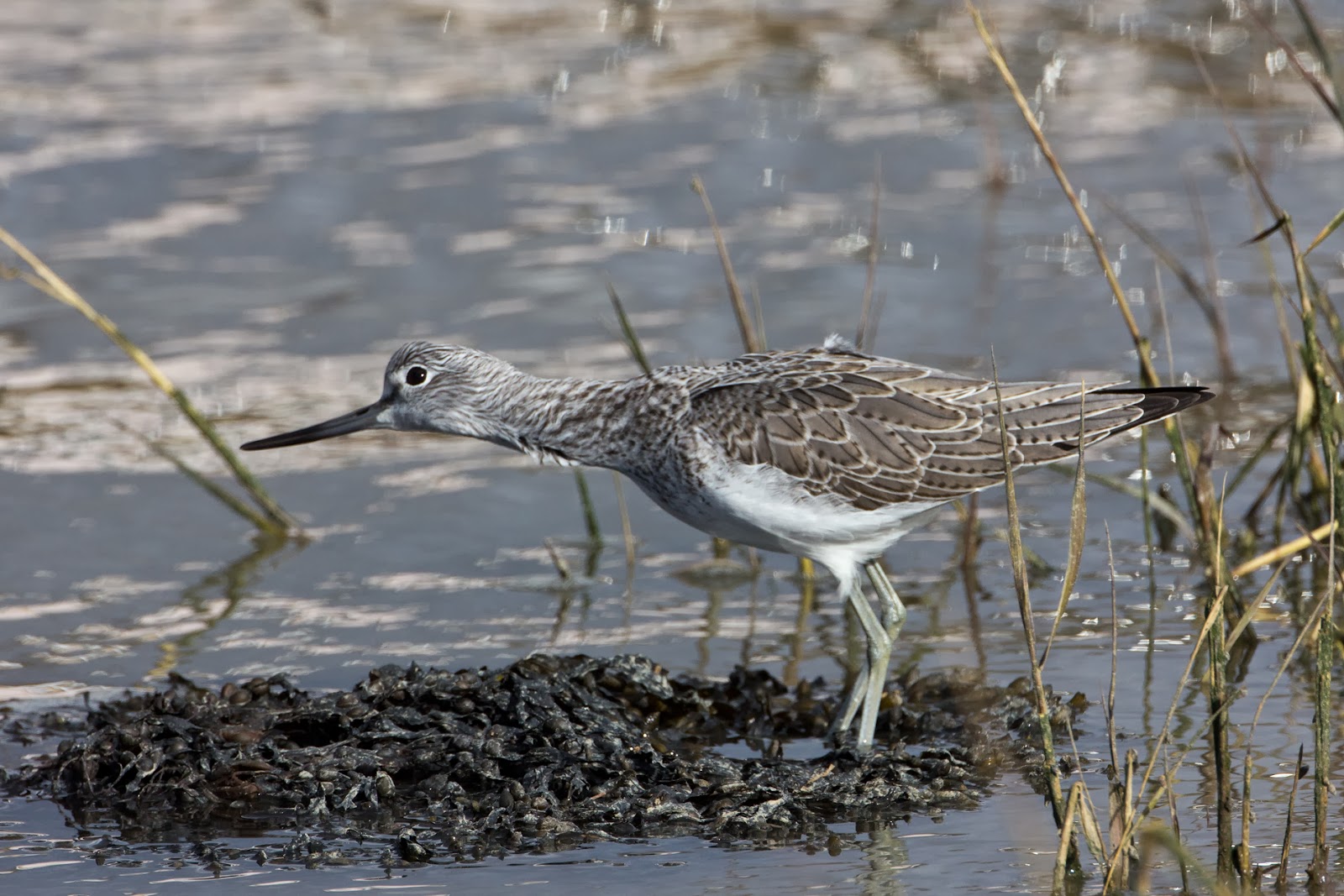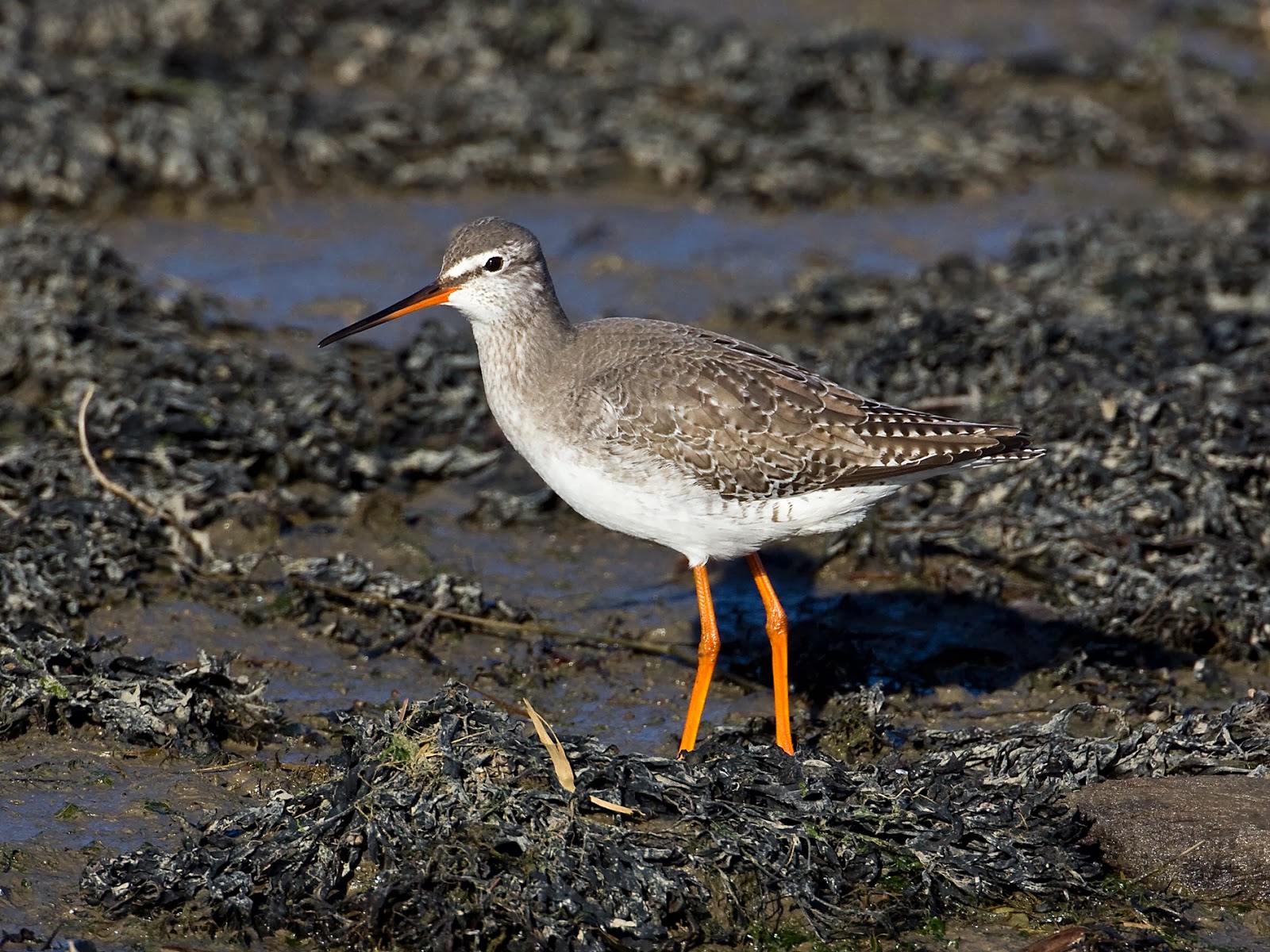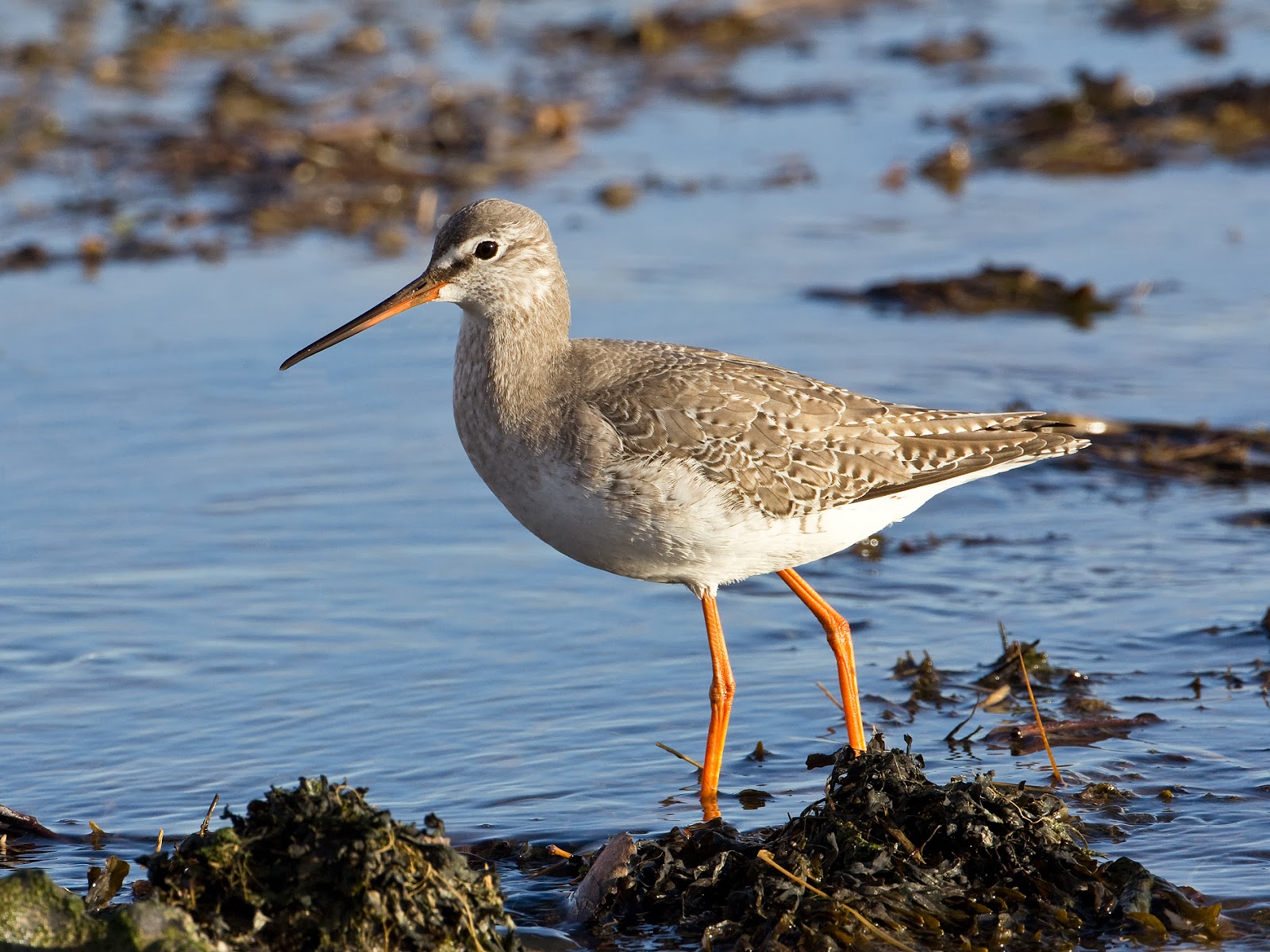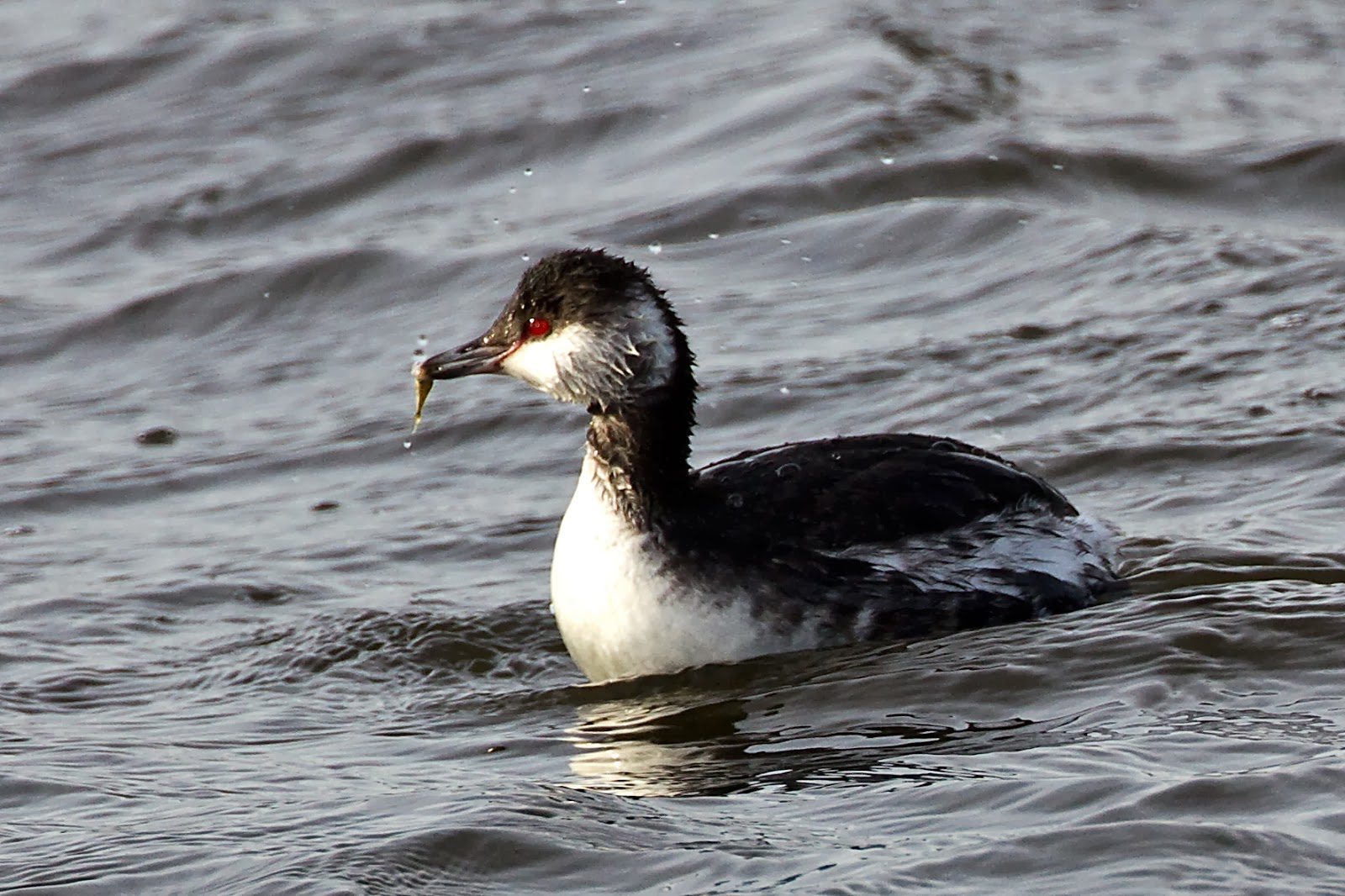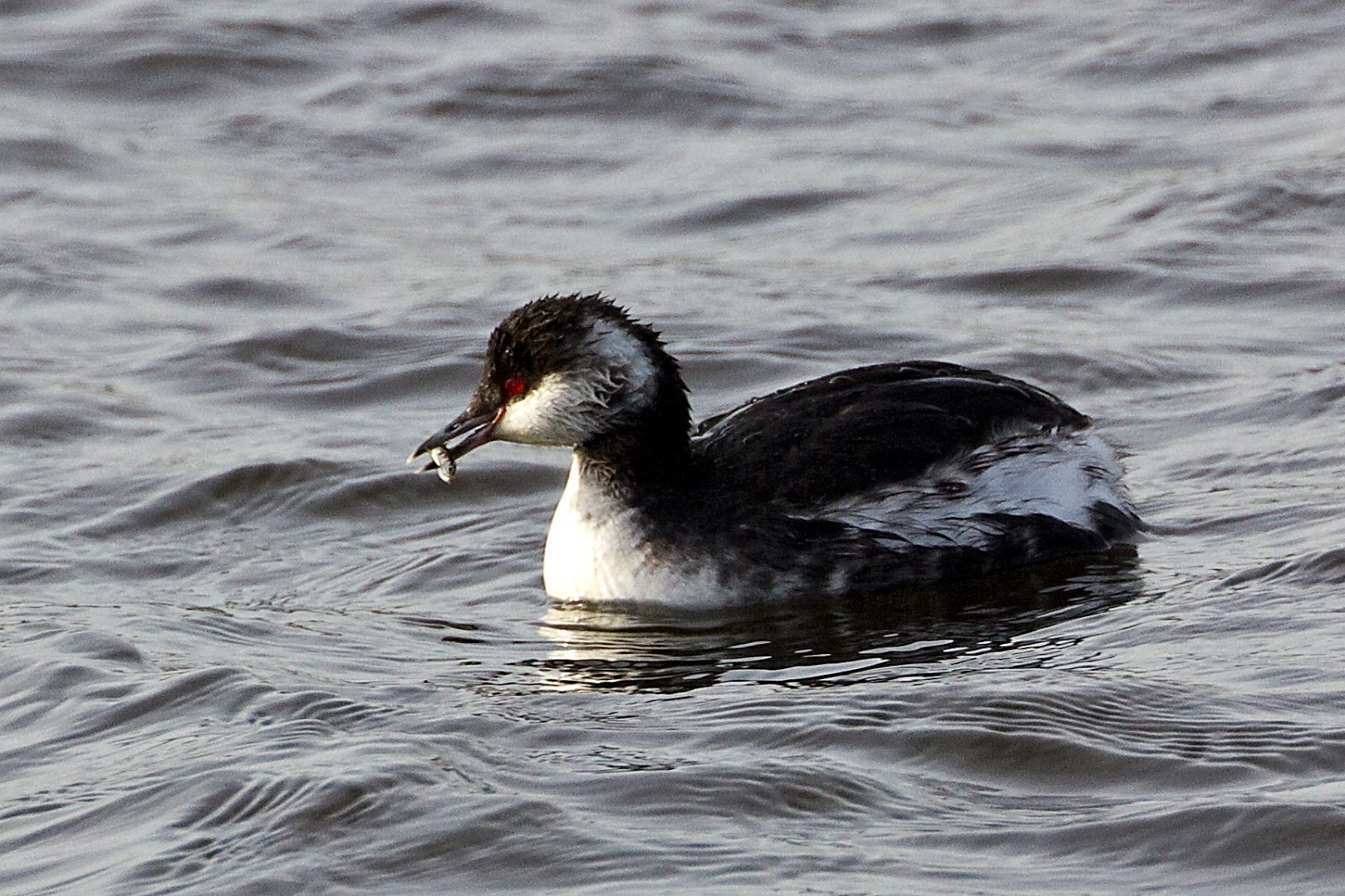The water levels at Waltham Brooks may be dropping but they still have a long way to go. Good for the ducks and geese but not so good for the owls and raptors, nor as it happens for birders.
 |
| Female Scaup |
Finding the female Scaup was not too difficult. It could be seen on the flooded fields on the western side of the river and north of the road. Getting close to it though was impossible. There is a bridleway there but a few steps along it and the water was over the wellies. So I had to make do with a record shot taken from the road about about a hundred metres away.
Plenty of Tufted Ducks and Pochard there along with a few Canada Geese, although the following shot was taken at Swanbourne Lake on the way up to Waltham Brooks. The birds there are just a little bit easier to approach.
 |
| Pochard |
I did not fancy wading through the mud to search for birds so I decided to return to the coast and spend some more time on the Gulls. First stop was Brooklands and the chance to improve on the Little Gull shots in my last blog.
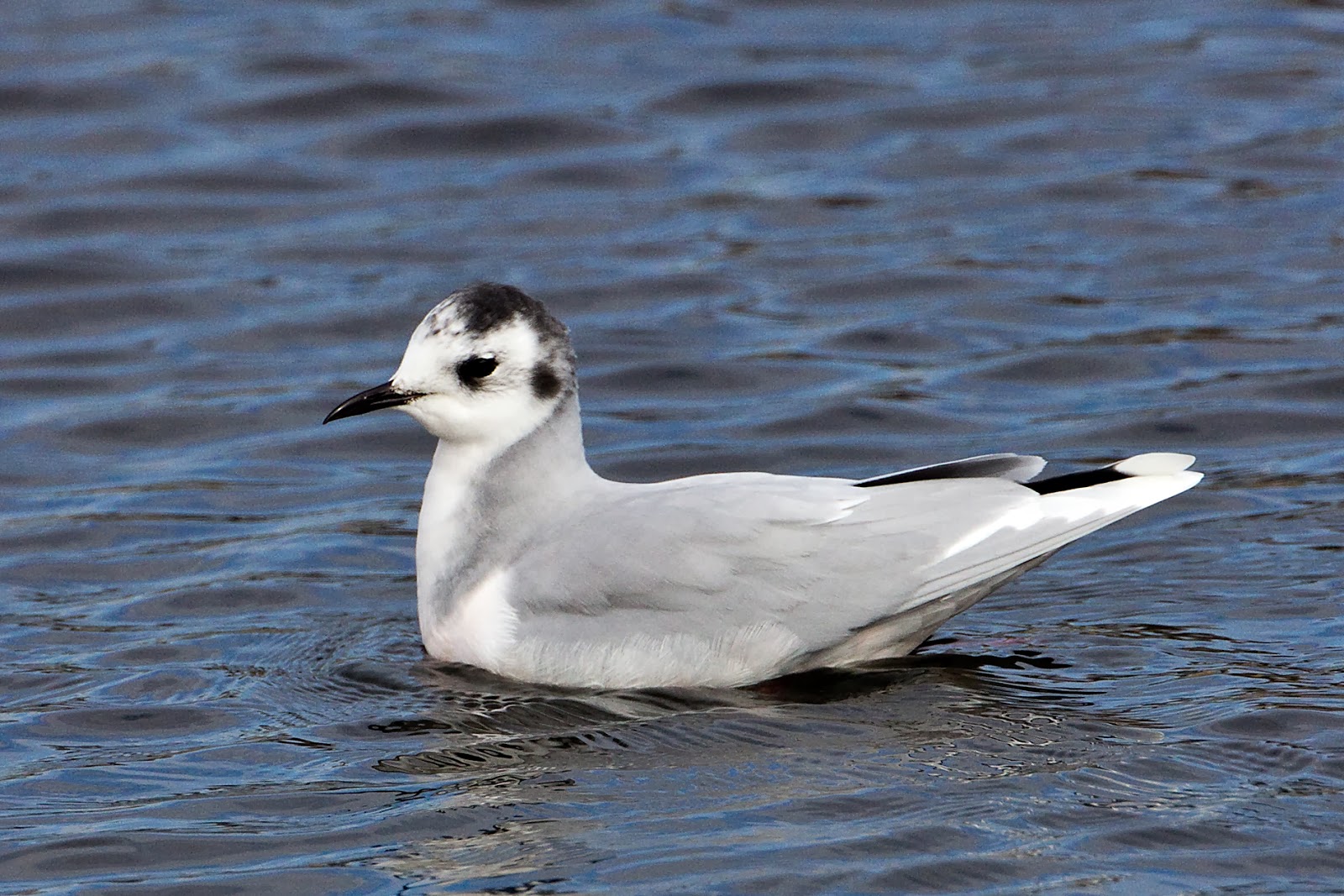 |
| Little Gull |
Not too difficult when it is sitting on the water but in flight this is not an easy bird to capture. Their flight is more like that of a Tern and they seem to have a sixth sense that enables them to execute a ninety degree turn just at the instant you press the shutter.
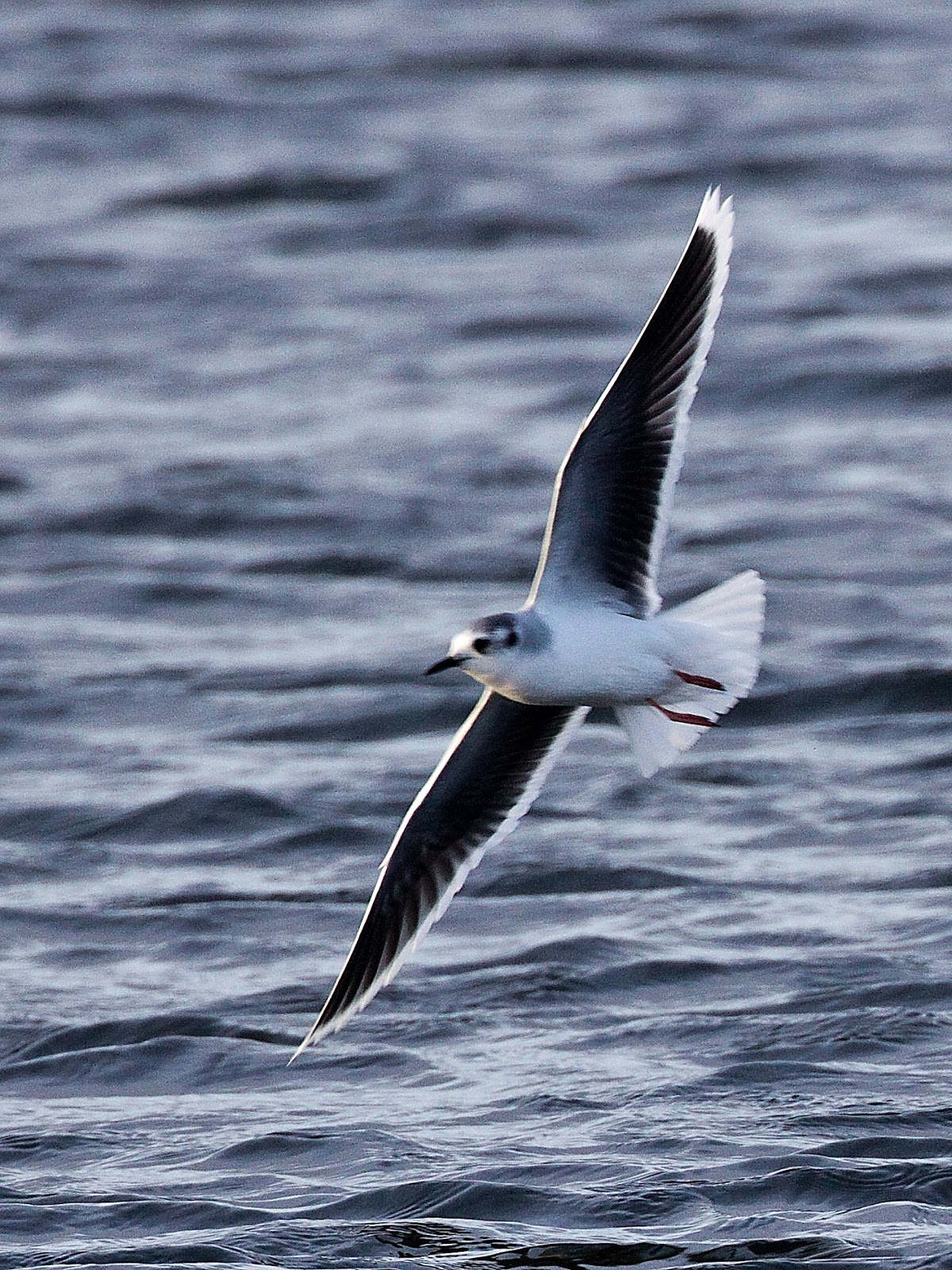 |
| Flight shot |
 |
| Underbody shows a slight rosy tinge in this picture |
 |
| About two thirds of the size of a Black-headed Gull and a bit more agile. |
I then moved on to Littlehampton for another go at the Glaucous and Kumlien's Gulls. They were both there and giving good views as usual but by then the light had gone.
 |
| Kumlien's Gull |
Going back a few years I would spend hours producing sepia toned prints. Today I could get them for nothing. Sepia toned birds against a sepia toned sea and sky. It may work on landscapes but it doesn't do much for birds.
 |
| Kumlien's Gull |
At least you could see the eye on the Glaucous Gull. It makes all the difference.
 |
| Glaucous Gull |
Middle of the afternoon and I decided to head for home. The birds were good but without the light the pictures were hopeless.




